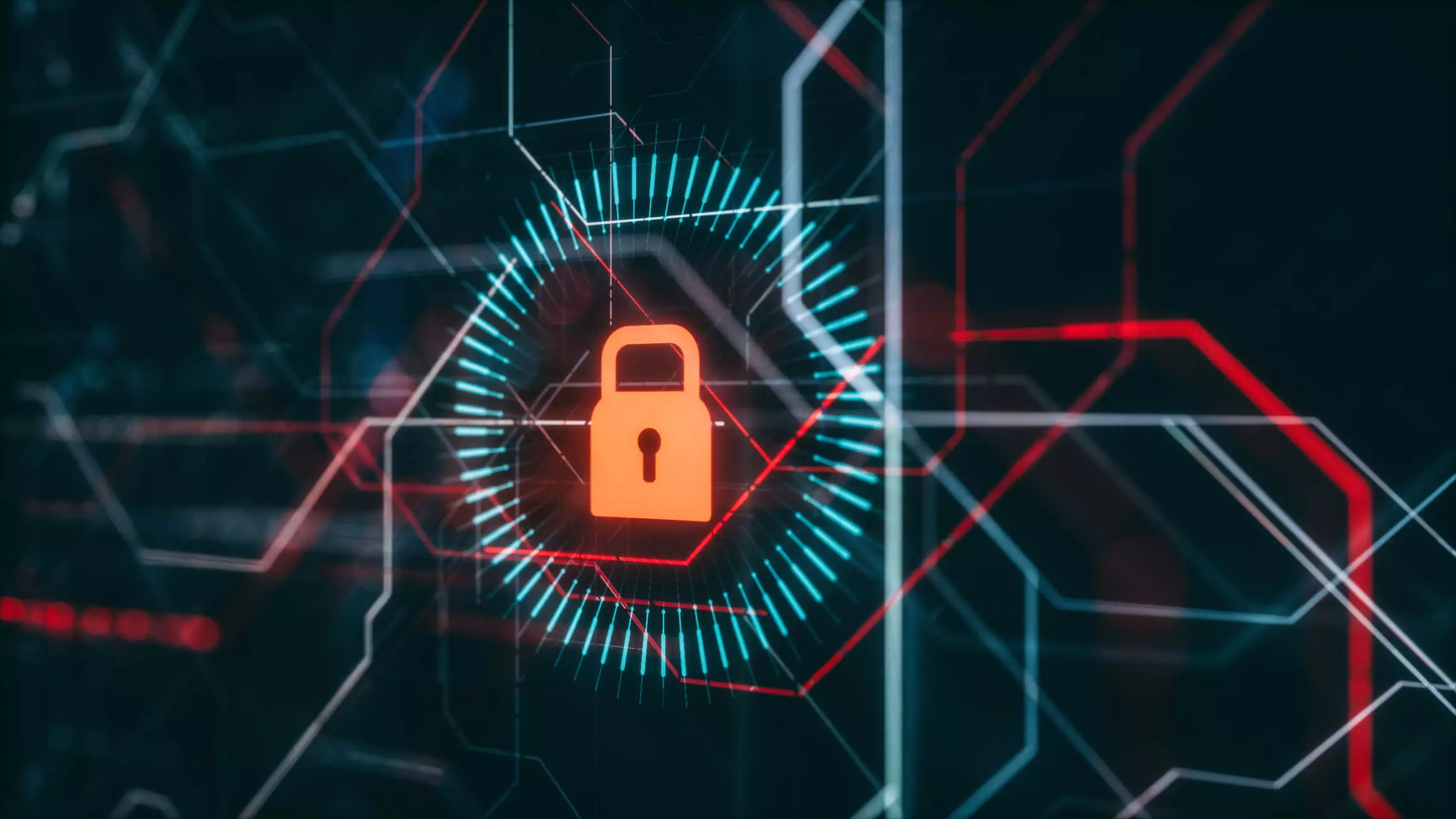IT can complete its recovery strategy and eliminate the ransomware threat with modern backup storage. While most modern backup-server software provides the capabilities to make ransomware a minor annoyance instead of a significant disruption, legacy backup storage won’t enable it to deliver its full potential. Backup storage needs modernization to keep pace with the innovations in modern backup-server software.
Eliminating the ransomware threat requires that backup storage provide:
- Immutability
- Frequency
- Rapid Recovery
Eliminate The Ransomware Threat with Immutability
Bad actors know that you will count on your backups to recover from a ransomware attack, and now that data is an early target of the malware. The answer is to make sure your backup storage solution can provide immutability from the attack.
The problem is that most legacy solutions and high-capacity NAS systems don’t offer a backup data immutability capability. The few solutions that offer immutability are often S3 object storage solutions. However, they don’t have the performance necessary to support high-frequency backups and rapid recoveries, which is also critical to a ransomware recovery strategy.
Modern backup storage needs to provide an immutable instance of every backup job so that if ransomware attacks backup data, IT can restore a version of the data from 30 seconds prior to the attack. A modern backup storage solution also needs to provide this immutability across various protocols like SMB, NFS, iSCSI, and Fibre Channel because not all backup-server software supports S3. Many customers don’t want to add yet another backup storage device to their already complex infrastructure. Immutable copies must also provide multiple points in time if the attack seeps into some of the backup jobs.
Eliminate the Ransomware Threat with Frequency
No data center is 100% immune to a cyber attack. It can happen to any data center at any time of day. Once a night backup is no longer enough, IT must capture data throughout the day as it changes. Modern backup software, thanks to block-level incremental backups (BLI), makes frequent backups possible.
The problem is that legacy backup appliances and standard off-the-shelf NAS systems can’t handle the IO load of these continuously running jobs. These systems also inhibit consolidation of the incremental jobs into a new master full, forcing IT to continue to perform over-the-network full backups.
Modern backup storage needs to provide a high-performance, flash-powered front end to enable IT to execute BLI backups frequently, improving the organization’s recovery point objective. The backup storage solution needs to affordably size the flash tier needed to store the entire full backup job, plus a series of incremental backups and still have room for the new virtual full. The result is almost no data loss from a protection event and finally eliminating over-the-network full backup jobs.
Modern backup storage also needs to automatically move the old backup jobs to cost-effective hard-disk tiers and add a layer of data integrity assurance while retaining this data. Hard disk storage continues to maintain its 10X price advantage over flash storage. If safeguards are available through the backup storage solution, hard disk drives are the absolute best media for affordable, decades-long data retention.
Eliminate Ransomware Threat with Rapid Recovery
Ransomware recovery is effectively a race between how fast IT can recover data versus the cost of paying the ransom and hoping for an ethical bad actor (recovery is looking like the better option). Multiple challenges are facing the backup process that IT must overcome before it can win this race. Assuming that the backup is safely protected from the attack thanks to immutability and there is a recent enough copy of data so that data loss is minimal, the final step is to enable IT to position the data copy quickly and return systems to operation.
Ideally, IT needs to use the instant-recovery or live-mount features of modern backup-servers software to instantiate data on backup storage, saving the time of moving the data over the network. Remember that all the data must move across the network. There is no block-level restore technology. The problem for IT is that legacy backup storage doesn’t deliver the performance necessary to host these data stores, forcing them to move it again to production storage. These multiple data movements take even more time and expose data to a second ransomware attack.
Modern backup storage needs to provide production-class performance by leveraging the small flash tier. The use case is backup storage, so the backup storage solution needs to extract maximum performance from a small number of high-density drives. It also needs to provide production-class availability, including protection from media or controller failure. With these capabilities, IT can rapidly return applications and file servers to operation while confirming complete eradication of the malware from the organization’s systems.
To learn more about developing a complete ransomware recovery strategy, register for our upcoming webinar “Ransomware’s Three Attacks on Backup and How to Neutralize Them”





